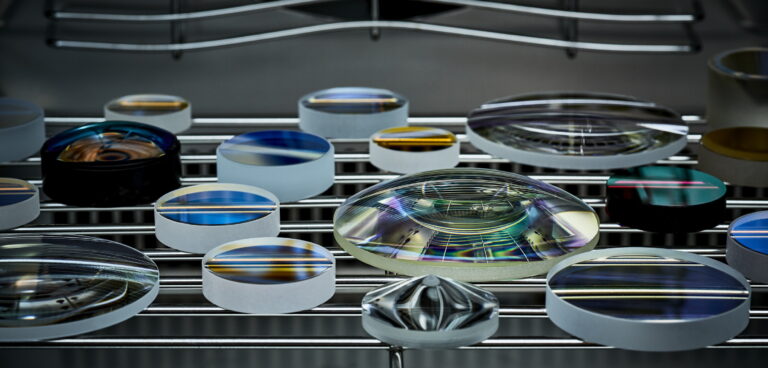Altechna will use the high-power Alexandrite crystals and coatings developed in the Galactic project to collect climate change-related observations on the atmosphere and vegetation. The goal is to employ such laser crystals in systems used in satellite-based lidar devices for shoreline mapping, storm surge modeling and seafloor measuring.
During the Galactic project, three European companies – Altechna, Optomaterials and Laser Zentrum Hannover – developed a European supply chain of Alexandrite laser crystals for studying changes in the atmosphere and the planet’s surface.
“Droughts, heatwaves and floods cause more and more losses every year. Gladly, lidar instruments with Alexandrite lasers help us to detect atmospheric changes. Lasers’ near-infrared wavelengths enable precise studies for atmospheric gases, aerosols, clouds, their movement and temperature,” said Antanas Laurutis, CEO of laser company Altechna. “Lidars enable detailed analysis of aerosols, clouds and atmospheric composition, resulting in better climate-change predictions.”
Alexandrite is valuable for lidar technology as it can adjust its light wavelength in a certain range for laser applications, around 700-860nm. This adaptability is vital for technologies like Raman and differential absorption lidars (DIAL) used in studying our atmosphere. Raman lidars spot molecules by their unique light patterns, while DIAL systems identify gases like SO2, NOX and HCl, known for causing acid rain.
The purpose of the Horizon 2020 project Galactic was to develop reproducible, fully European supplier-based coated Alexandrite crystals. In 2022, EU officials announced space as a strategic focus within the strategic compass, emphasizing the need for an EU space strategy focused on security and defense.
“Space is a strategic area for Europe and the supply chain developed during Galactic will allow space missions to be carried out independently of other regions,” continued Laurutis. “Europe will also avoid export controls that often make such projects difficult.”
Altechna contributed to the development of specific coating designs and processes with e-beam and reactive magnetron sputtering equipment. “European crystals were studied while comparing with the ones made by the world’s top suppliers, mainly the US and Chinese companies. The tests showed that the Galactic crystals are at least the same quality as non-European technological solutions,” commented Laurynas Lukoševičius, chief scientist at Altechna. “That is the big step of Europe’s independence for laser technologies in space missions.”
The new European technology passes a verification of TRL 6, generally used in space. “TRL 6’s space-qualified coated Alexandrite laser crystals are a key technology enabling future Earth observation missions. Together with our partners, we are developing an advanced laser prototype that will enable Europe to get more accurate data from atmospheric research,” added Lukoševičius. “For example, using lidar instruments with Alexandrite lasers, we could help better identify cloud types and prepare for severe weather conditions.”
The total value of the Galactic project amounts to €1.99m (US$2.18m). The initiative was funded by the European Union. It started on January 1, 2020, and was finally implemented in October 2023.
Altechna is also contributing to the ongoing EU project European Lidar Array For Atmospheric Climate Monitoring (EULIAA), which aims to develop an autonomous lidar array measuring system that could compute the atmospheric wind and temperature from 5km to 50km. This system should work on a 24/7 basis for at least one year without maintenance and cover an observation area of up to 10,000km2. New lidar units help to get more precise atmospheric physics data like wind and temperature distributions in the atmosphere.
For more key lidar updates from the meteorological technology industry, click here.



